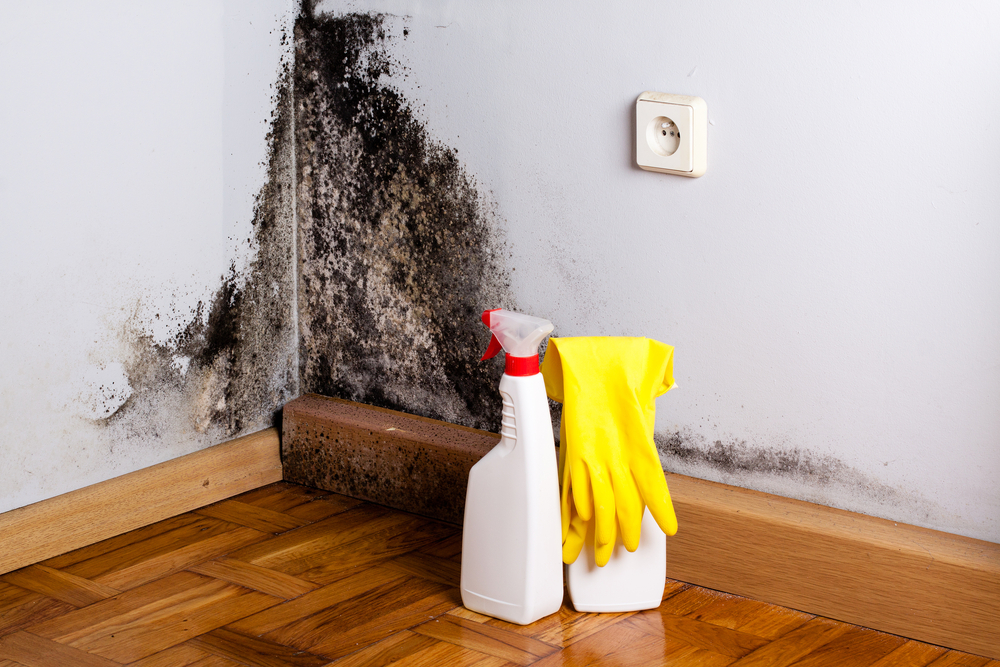Key to Lung Sarcoidosis Could Lie in Exposure to Mold, Bacteria
Written by |

Exposure to mold and bacteria could be a potential trigger of lung sarcoidosis, according to a study revealing that immune cells from the blood of sarcoidosis patients are more sensitive to such agents.
The study, “Fungal cell wall agents and bacterial lipopolysaccharide in organic dust as possible risk factors for pulmonary sarcoidosis,” published in the Journal of Occupational Medicine and Toxicology, offers new insights into the causes of sarcoidosis that continue to elude scientists.
Earlier research had suggested that parts of inhaled mold and bacteria, found in organic dust, could trigger a variety of respiratory issues, even in the absence of an infection. Patients with sarcoidosis often live in a damp and moldy environment, and studies had shown that sarcoidosis treatment with antifungals was often more effective than using anti-inflammatory corticosteroids.
To test if exposure to such agents impacted sarcoidosis development, researchers from the University of Ljubljana, in Slovenia, isolated blood immune cells from 22 patients with lung sarcoidosis and 20 healthy controls.
The team then exposed the cells to parts of either fungi or bacteria, or both, based on knowledge that immune cells in the blood (peripheral blood mononuclear cells) react to specific molecules on the surface of invading microbes. Researchers call such specific molecules pathogen-associated molecular patterns, or PAMPS. The body holds numerous pattern recognition receptors that identify the potentially harmful molecules.
Results showed that when exposed to both fungi and bacteria, cells from patients with lung sarcoidosis released more inflammatory signaling molecules, called cytokines, than cells in healthy people. Levels of four cytokines – TNF-alpha, IL-6, IL-10, and IL-12 – were particularly elevated.
The research team also found that gene that code for three different PAMP receptors were more active in cells from patients than in cells from healthy people, even in the absence of the fungal and bacterial parts.
When researchers exposed the cells to the microbe parts, the gene activity of the receptors decreased in both groups, but was still disproportionately high in cells from sarcoidosis patients. The team contends from the observation that the cells from patients are more sensitive to the presence of microbes and microbial parts.
Researchers believe that the exaggerated sensitivity could lead to higher production of inflammatory cytokines, which could drive the development of lung sarcoidosis.





